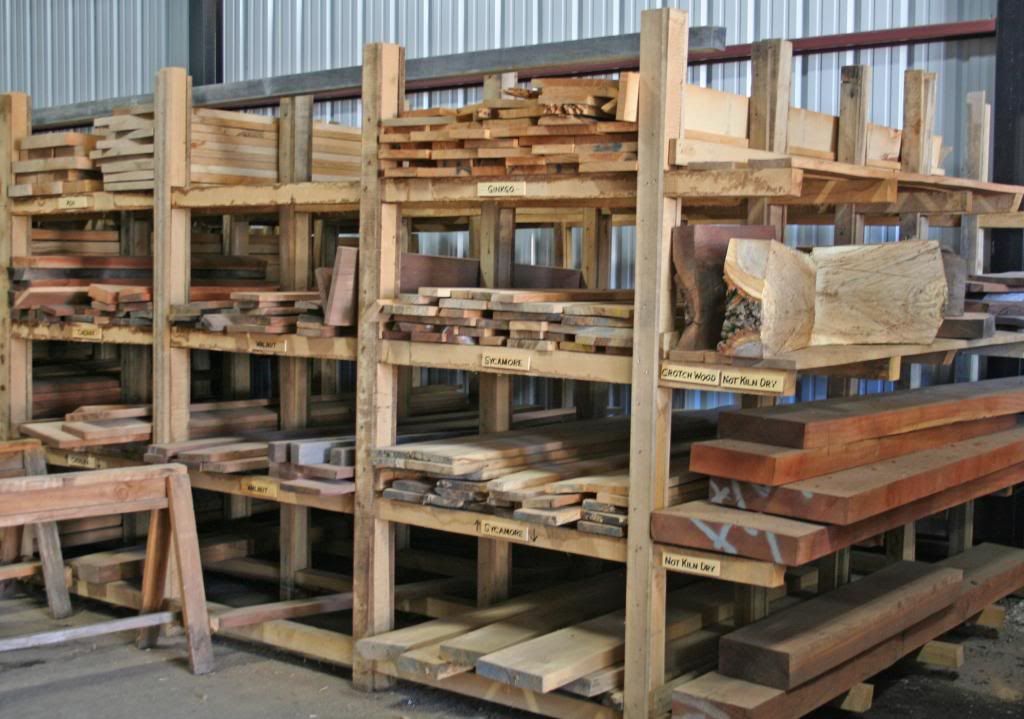If you search Woodfinder.com for "ginkgo" or the less correct "gingko" you will not find many vendors. Two, in fact, as I write this. Let's talk about it.
Ginkgo is a softer wood that is a pale buttery color with a tight grain. I recently made some picture frames from both soft maple and ginkgo and the experience was similar with each. Ginkgo might be a bit softer, it does not tear out nearly as much in the planer (but it will tear out if you go dead against the grain), but in most ways it works like a soft maple. Its looks would be more easily confused with a white pine. One notable point is that there do not seem to be any bad boards; all knots including the pith are tight and will stay in place. It is easy to hand plane, glue and screw into. Like soft maple, being on the soft side of many of the woods we work is an advantage to a project like a picture frame where you are gluing up miters. (Miters with softer wood go together faster and with less fuss, at least in my shop).
Maple on the left, ginkgo on the right. Both are unfinished:
Michael Bauermeister, an experienced woodcarver, offered me these comments on working ginkgo: "Ginkgo is a nice carving wood that can be worked with hand tools. While
not as easy to carve as basswood, it does cut cleanly and holds a nice,
crisp edge. It is similar to butternut in terms of carving and grain but
lighter in color."
I have not turned any ginkgo, but I imagine that those characteristics mentioned would make a nice looking bowl if you can finds chunks to work with. We sell 4/4 and 8/4 boards. I could see it used as a secondary wood in place of maple or poplar if you wanted something with a slightly different look. Its color is much more consistent than either maple or poplar, at least in the logs we have sawn. Because of this consistency, we chose it for the signs on our lumber racks.
The tree can grow fairly large and magnificent, and it remains much as it was when the dinosaurs roamed. Not many species have been around as long. We see very few logs which might help explain why such a fine wood is not seen commercially. Like poplar or maple or butternut, it probably does not offer much rot resistance so it should be used indoors, but it is such a pleasure to work that I keep trying to think of more uses there.
Our ginkgo sample:



No comments:
Post a Comment